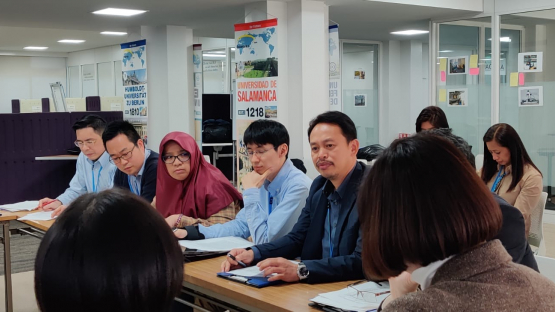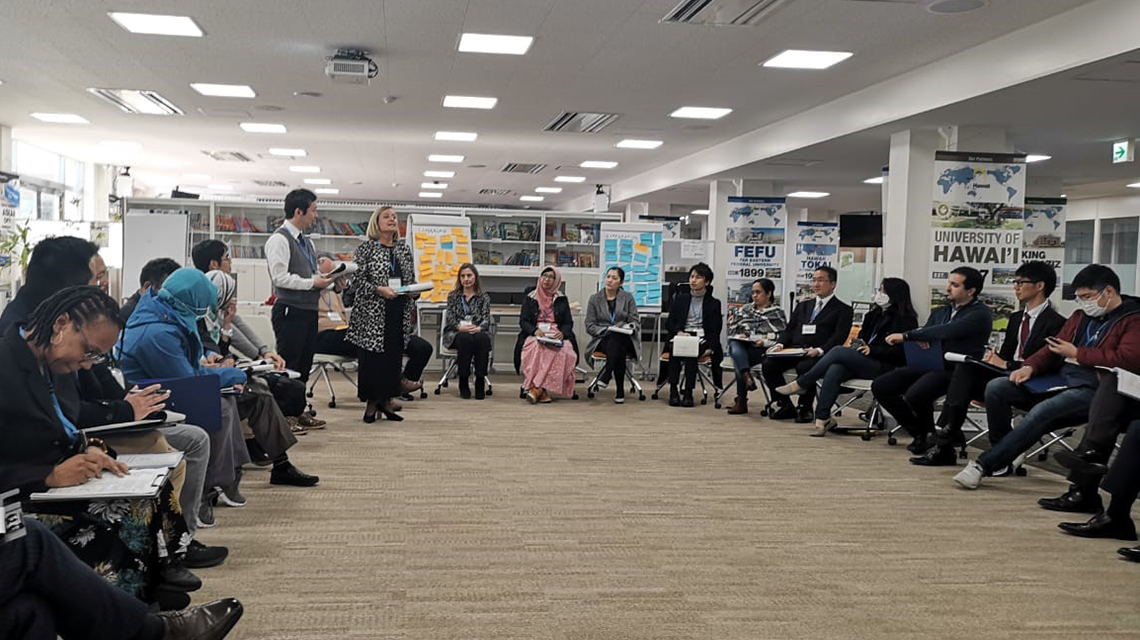Participants from seven Asian countries at the first IAEA International School of Nuclear and Radiological Leadership for Safety hosted in Tokai University, Japan, gained thorough theoretical and practical understanding on leadership’s role in strengthening nuclear safety in practice. This included information on integrated management systems, systematic approaches to boost safety practices and processes at nuclear and related facilities.
“Leadership for safety needs to be demonstrated in daily work — it is not only for emergencies,” said Shahid Mallick, Head of the Programme, Strategy and Coordination Section at the IAEA Department of Nuclear Safety and Security. “This School’s objective is to help build competence and increase awareness among our stakeholders.”
One of the core objectives of this IAEA leadership programme is that leadership for safety in nuclear and radiological environments is key to preventing accidents and mitigating their consequences, should they occur and attention to safety is paramount. This School helps Member States mid-level professional in the nuclear field, to develop skills and knowledge in the domain of nuclear safety — the goal is to have this expertise throughout their career.
Twenty-nine professionals, including 13 women, from regulatory bodies, nuclear operators and technical organizations, participated in this intensive two-week programme. The course included presentations from IAEA experts on topics such as the human, technical and organisational factors in nuclear and radiation safety, emergency preparedness, the IAEA Safety Standards as well as how to strengthen nuclear safety in terms of processes and procedures within an organization.
"We should foster continuously leadership for safety because cultivating culture for safety is never end — like raising a child," highlighted Jun Hirouchi, a participant from the Japanese Atomic Energy Agency.








